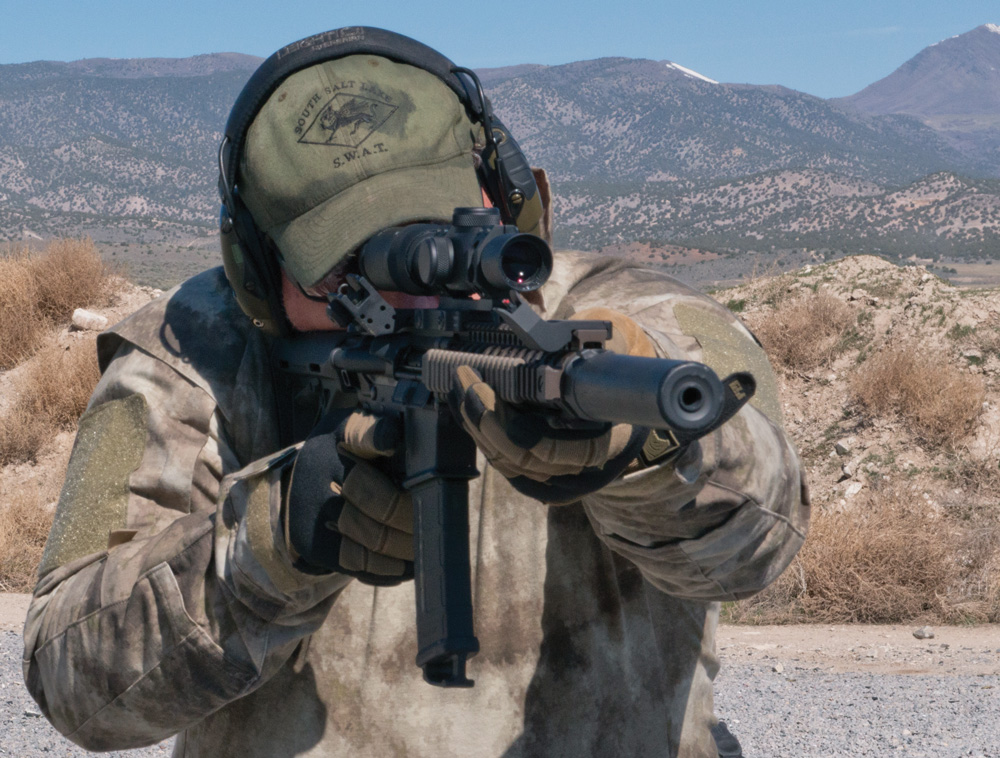
Many perceptions surrounding suppressor effects come from marketing, blogs or the media making them suspect at best. Here's the reality of how suppressors are used and what they can do.
Suppressors Are Not Silent

Perpetuated most often by movies, there is the idea that suppressors eliminate sound. This, however, is not entirely true, as they only suppress it. How much depends on many factors: the length of the suppressor, its construction, and the type of weapon and ammunition used. Pistol-caliber firearms are pretty quiet, as are rimfires with low-velocity ammunition. Centerfire rifles with subsonic rounds are similarly quiet, but are never completely silent. Most supersonic ammunition makes noise that is louder than you think. Suppressors may reduce the report to safe levels, but they still make noise and often require hearing protection.
Affects on the Action
Suppressors trap, redirect or alter gas expended from a discharged cartridge, both in front of and behind the expended bullet. This will effect your weapon’s operation, and to which extent depends on the weapon and ammunition used, as well as the suppressor’s design. Suppressors cause back pressure, although newer designs cause much less than what they once did. How and when it occurs is critical.
Most have little effect on bolt guns beyond heat transfer and a sticky bolt that is hard to lift. Gas guns are a different story. Increased back pressure causes increased bolt speed and can wreak havoc on function. Piston-driven systems are less susceptible, but can still be problematic. As a general rule, the shorter the barrel, the greater the effect on the gun’s performance. Adjustable gas blocks help but remain an issue. Excess gas in the action can also affect reliability as the action can get fouled quickly. Rapid fire produces significant heat transfer to the weapon and can have an adverse effect on operation.
Pistols suffer the opposite effect. Suppressors lessen the recoil impulse required to make your pistol cycle. Some require recoil boosters to ensure proper operation. Low-powered ammunition can turn your semi-auto into a single shot. Suppressors can be attached to revolvers, but much of the trapped gas just goes out the cylinder gap, lessening efficiency. I have not seen one mounted to a revolver, other than in old movies.
Subguns are the perfect firearms for suppressors. A can seldom affects the subgun’s reliability, is quiet and has little adverse effect on overall operation. Rifles specifically tuned for subsonic ammunition (such as the 300 Blackout) are similar. Excess gas is minimal with recoil, all but nonexistent. There is very little downside to suppressing a subgun.
Suppressors Enhance Accuracy
Unless improperly installed or attached, suppressors do make shooting more accurate. Velocity change is low to nonexistent and generally increases. Modern designs have no adverse affect on the bullet. Standard deviation decreases, as a rule, providing consistency, and significant recoil reduction allows you to be more accurate.
Less muzzle rise, less sound and less concussive effect also help a shooter improve accuracy. As long as they do not come loose and are installed properly, modern suppressors will do nothing less than enhance a shooter’s accuracy.
Carbines under sustained fully automatic fire, or rapid fire, can be more problematic. Significant heat transfer may show a decrease in accuracy while hot. Shooting a suppressor until it is red- or white-hot is going to definitely cause issues.
Since most people do not shoot this way, accuracy is seldom an issue. With tens of thousands of rounds through suppressed subguns, a quality suppressor has no effect on accuracy even when hot. Pistol ammunition just does not provide enough excess gas or heat to cause a problem. You are not going to see any real increase in accuracy, but neither will it degrade.
More Suppressor Effects

Suppressors can cause impact shift when attached to the barrel of a gun. How much again depends on suppressor design, ammunition and weapon choice. Heavy suppressors have a greater effect, especially on precision rifles. Suppressors constructed with titanium and high-quality designs minimize change. True of both precision rifles and carbines, several recent designs have almost no detectable impact shift. Match-grade rifles and ammunition see the least changes.
Weight and length of a suppressor can certainly affect the balance of the firearm. Long suppressors are quiet and heavy, while short ones are lighter and louder. Short suppressors affect balance and weigh less. You have to decide what is most important, as it is a trade-off. Thread-on suppressors typically weigh less since attachment systems add weight. Short and fat suppressors are fantastic for defensive tactics where handling is important and sound suppression is secondary. Long suppressors are fantastic for precision rifles—the larger the caliber, the longer the suppressor.
Suppressors will lessen flash, some almost as well as a flash suppressor, and quality low-flash ammunition also helps a great deal. Rimfire suppressors get really dirty compared to other designs; fortunately, most can be disassembled for cleaning. The same can be true for pistol and some subgun suppressors. Modern rifle suppressors seldom require maintenance, or even cleaning, and most cannot be disassembled.
Bottom Line
Modern-day suppressors clearly have more advantages to them than disadvantages. Above all, they enhance the shooting experience and usability of your firearm. Given proper choices, they make your weapon better at its job, make the firearm easier to use and ultimately more fun to shoot. However, they are not magical mystical devices, nor are they for everyone.
The cost remains substantial, and the BATF and state laws still control availability. They should never be purchased without considerable forethought based on your planned use and firearms you want to use one. Suppressors should neither be revered, nor feared. They are what they are, and used properly, they are fantastic tools. Take the time to get the right one, and you will get years of enjoyment. Trust me, once you go suppressed, it is really hard to go back.



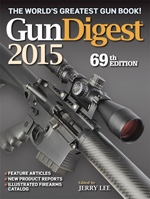

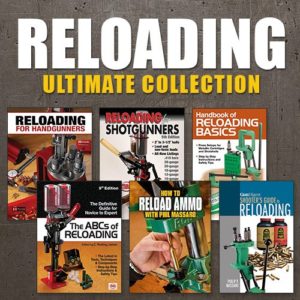
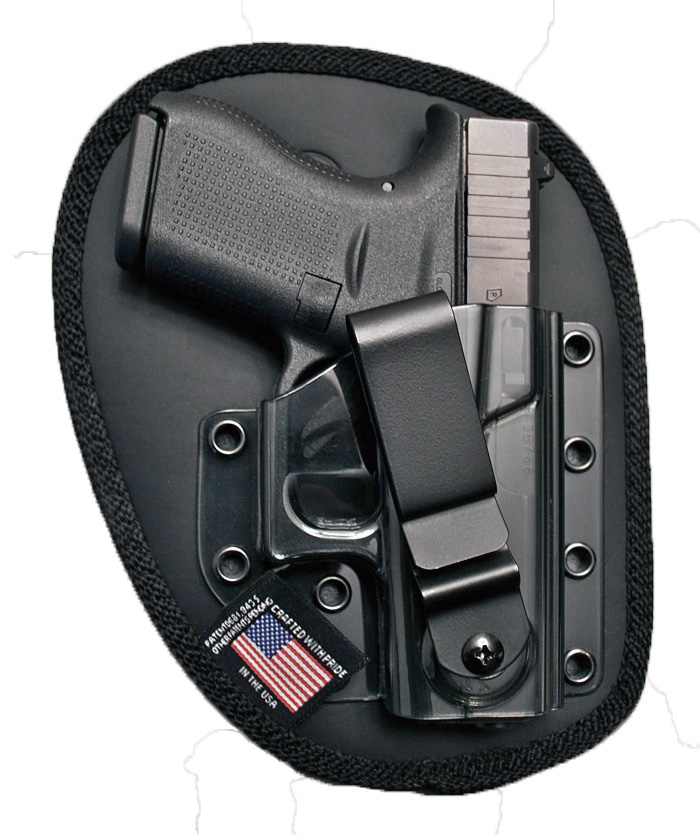
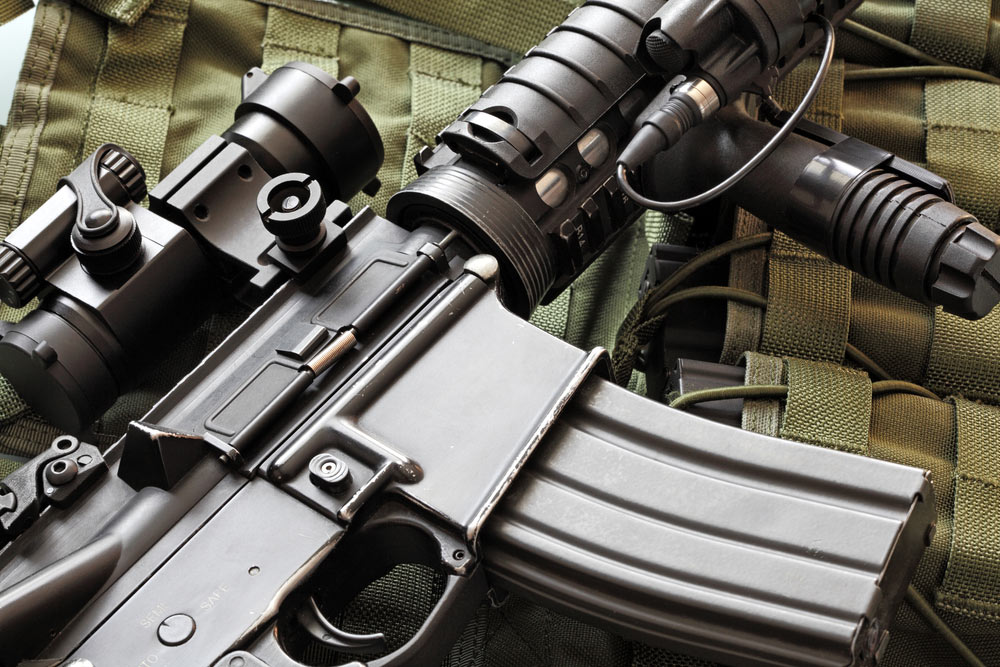
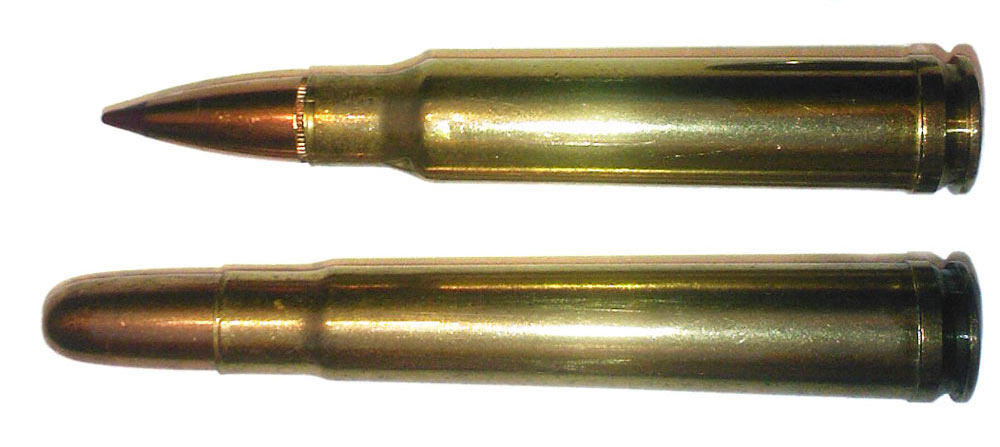
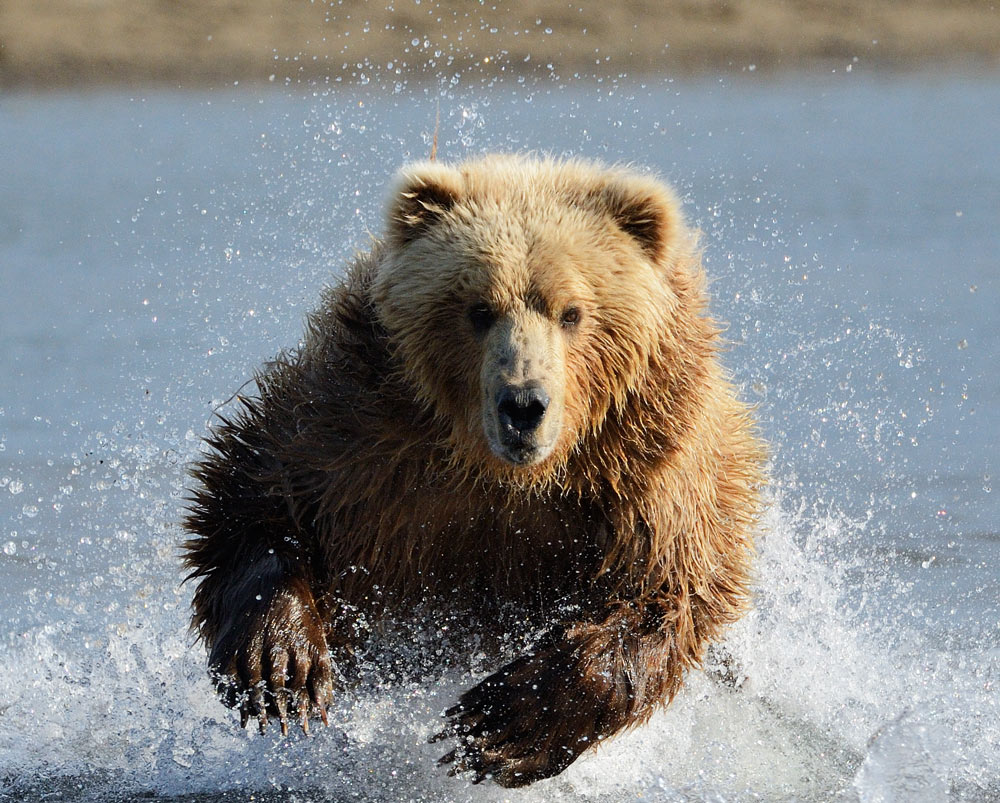
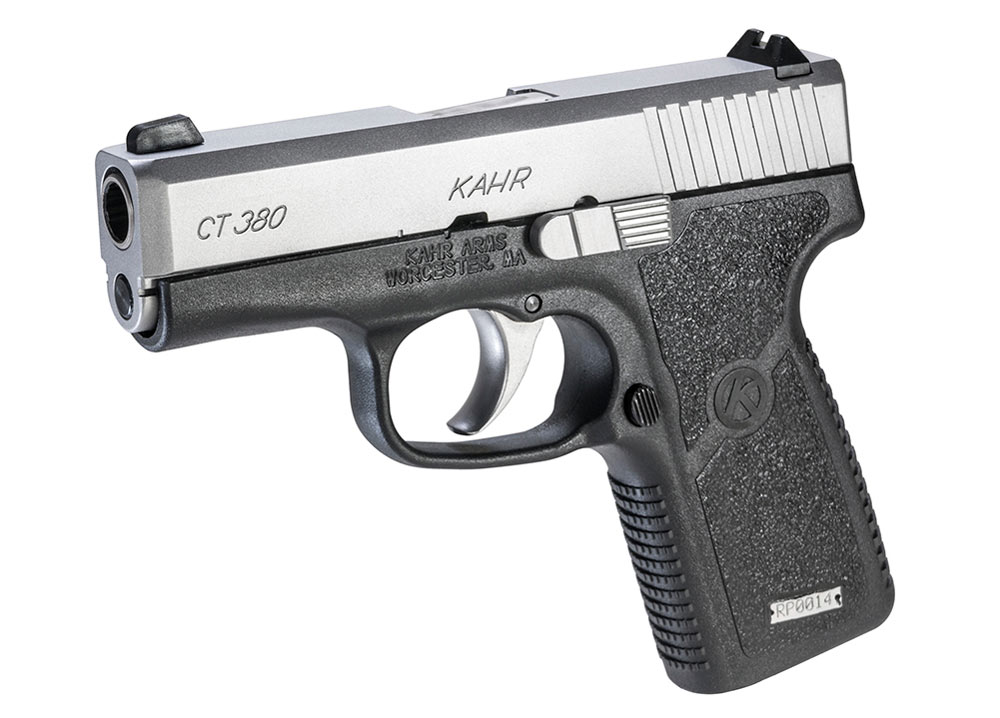
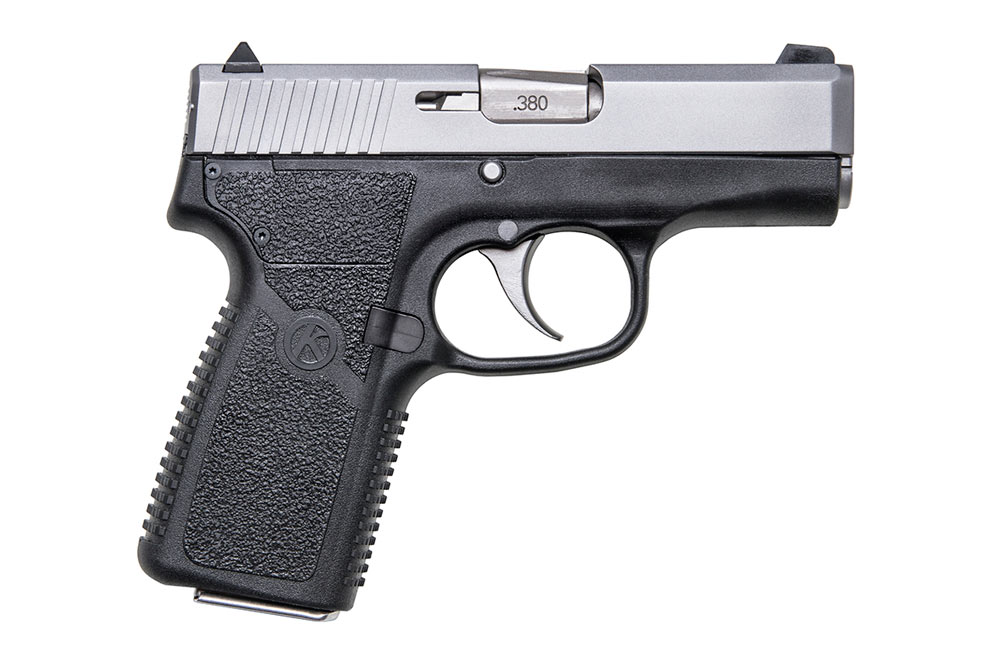
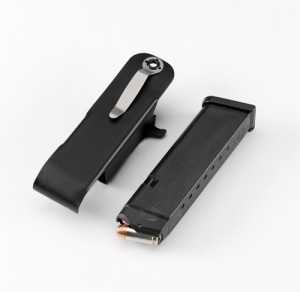

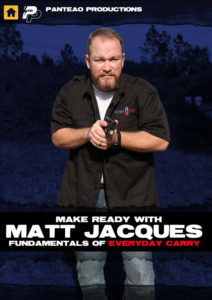
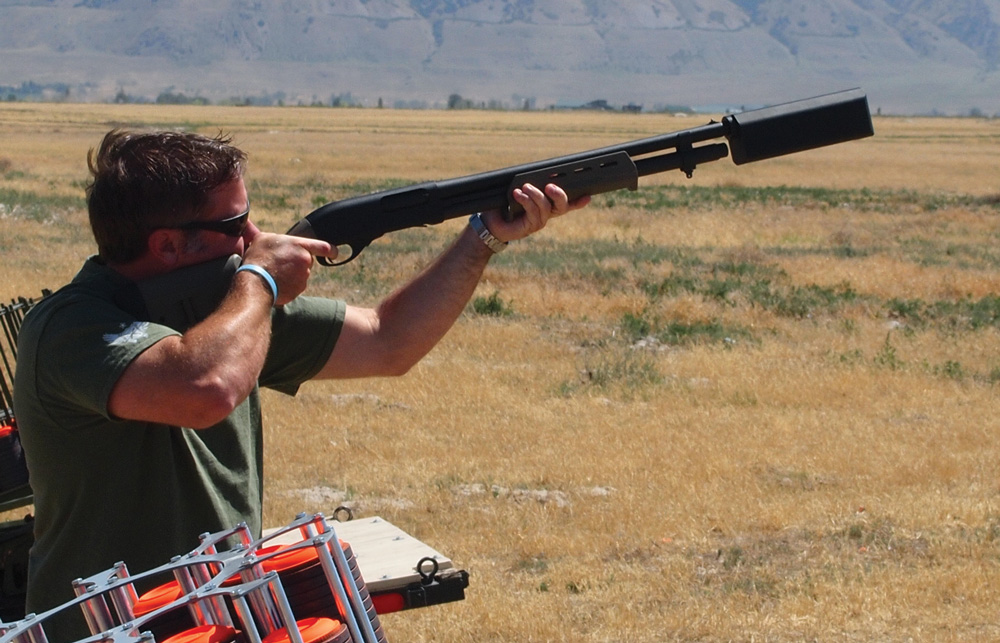
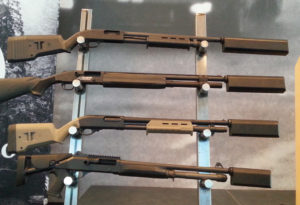

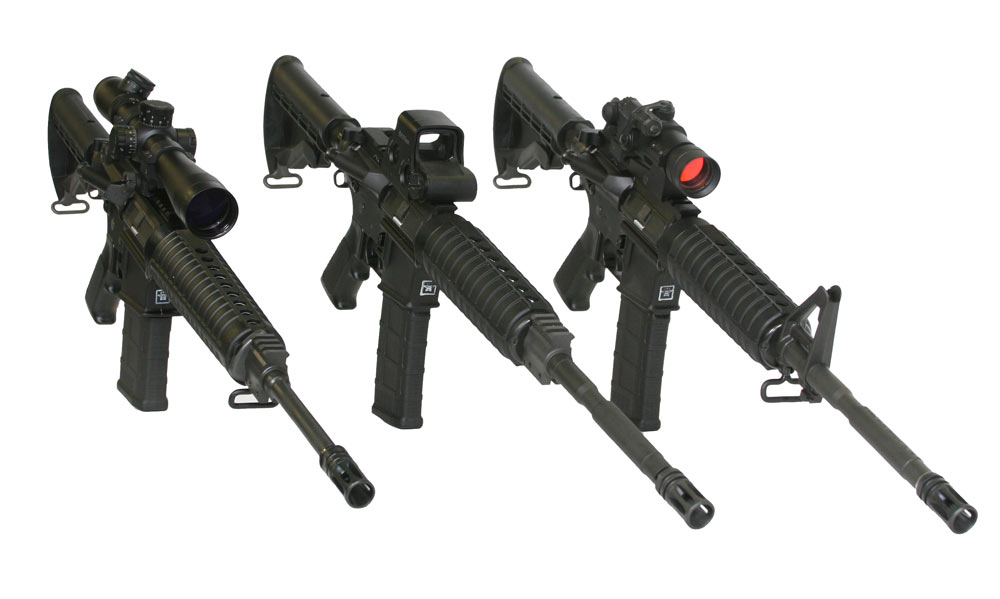
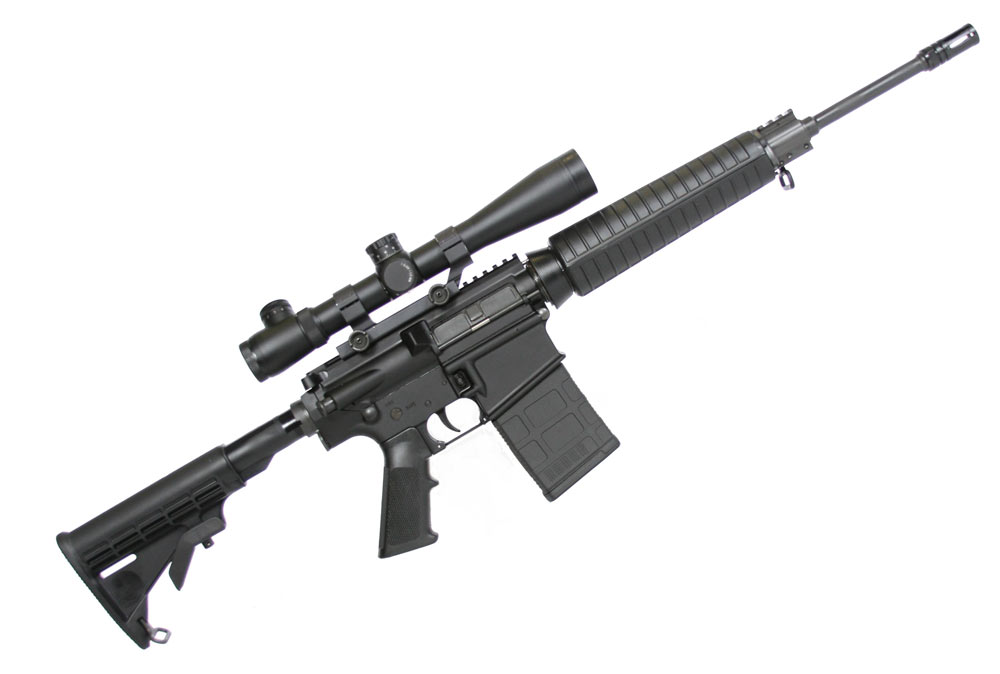
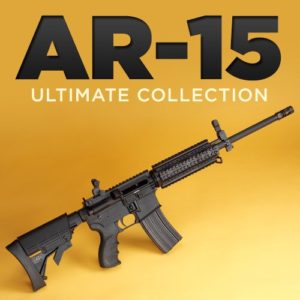

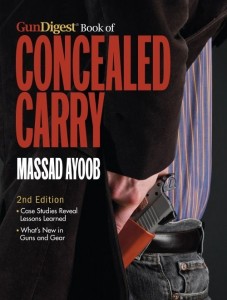 The Gun Digest Book of Concealed Carry
The Gun Digest Book of Concealed Carry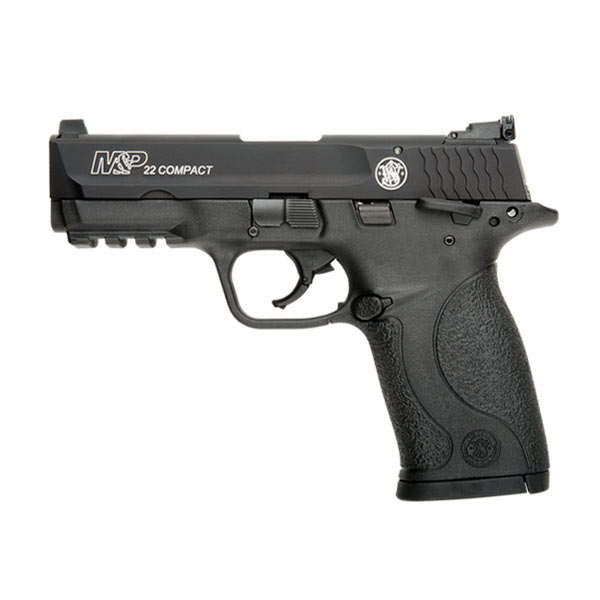


![Best Concealed Carry Guns In 2025 [Field Tested] Wilson Combat EDC X9S 1](https://gundigest.com/wp-content/uploads/Wilson-Combat-EDC-X9S-1-324x160.jpg)


![Best 9mm Carbine: Affordable PCCs [Tested] Ruger Carbine Shooting](https://gundigest.com/wp-content/uploads/Ruger-Carbine-Shooting-100x70.jpg)
![Best AR-15: Top Options Available Today [Field Tested] Harrington and Richardson PSA XM177E2 feature](https://gundigest.com/wp-content/uploads/Harrington-and-Richardson-PSA-XM177E2-feature-100x70.jpg)
